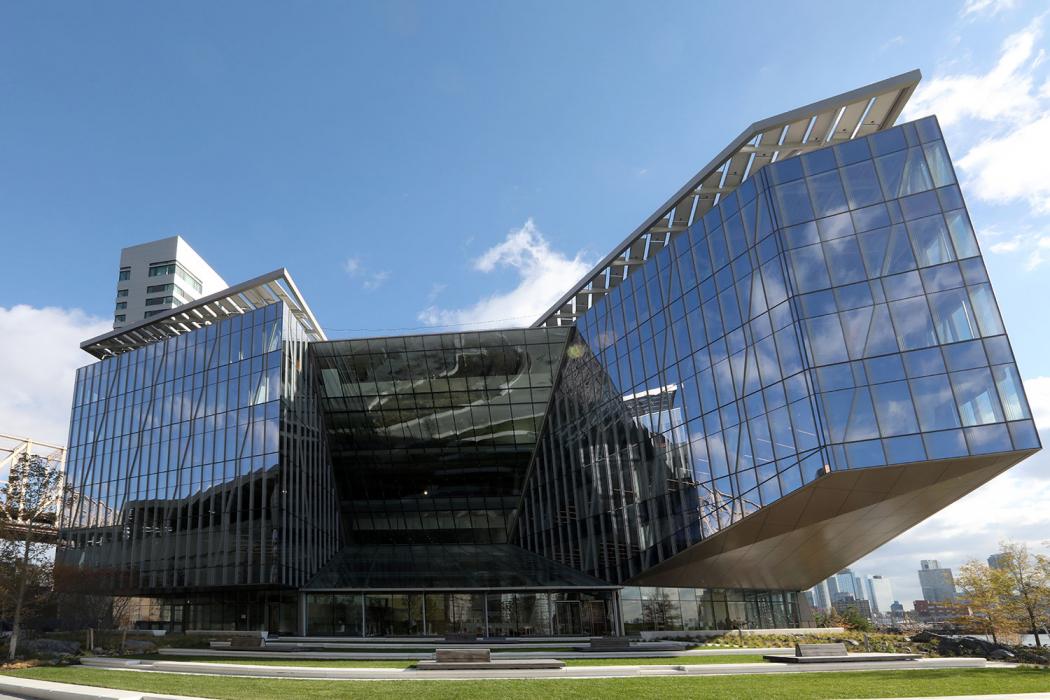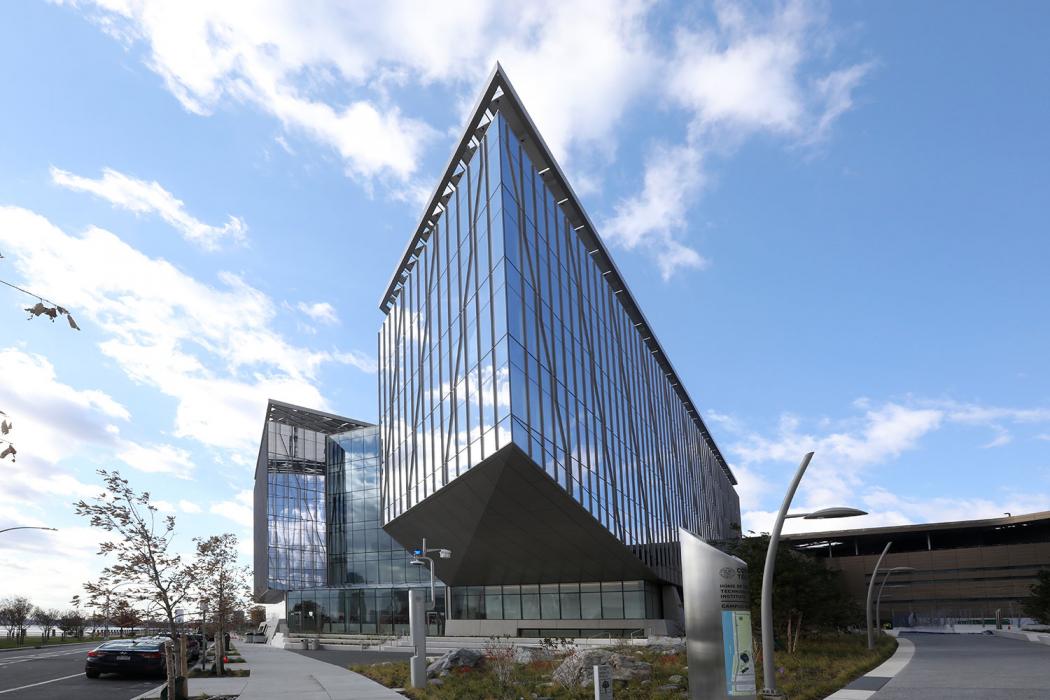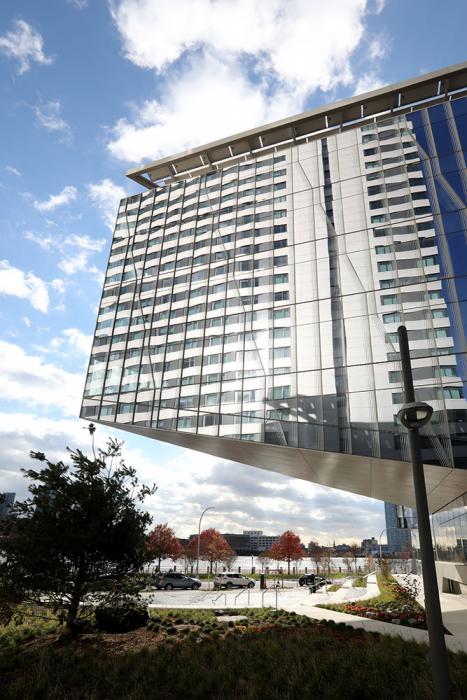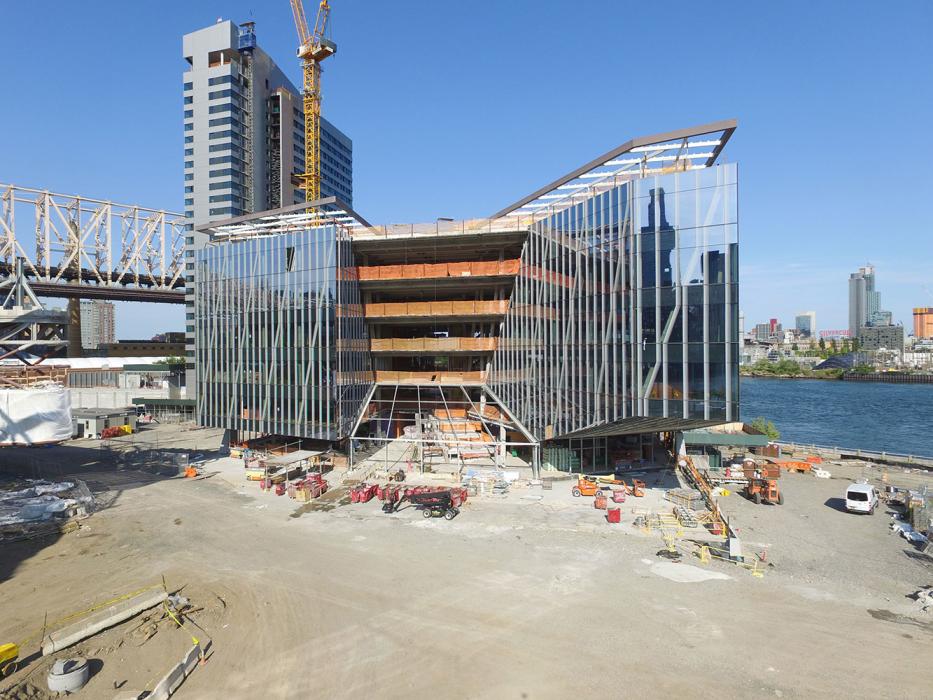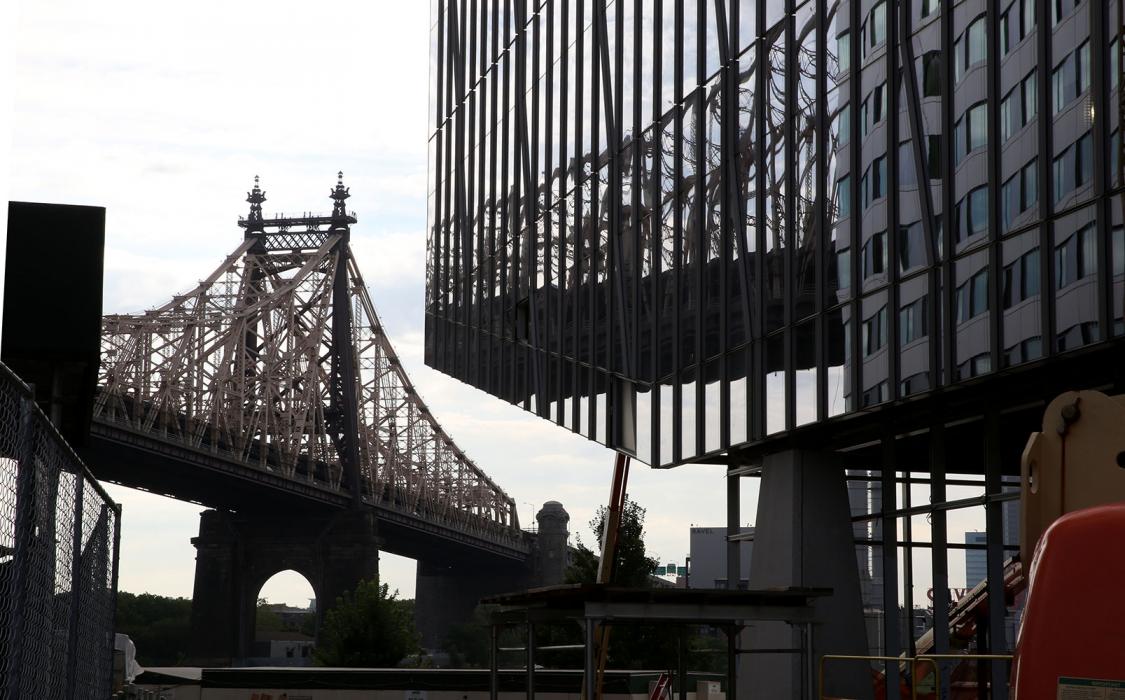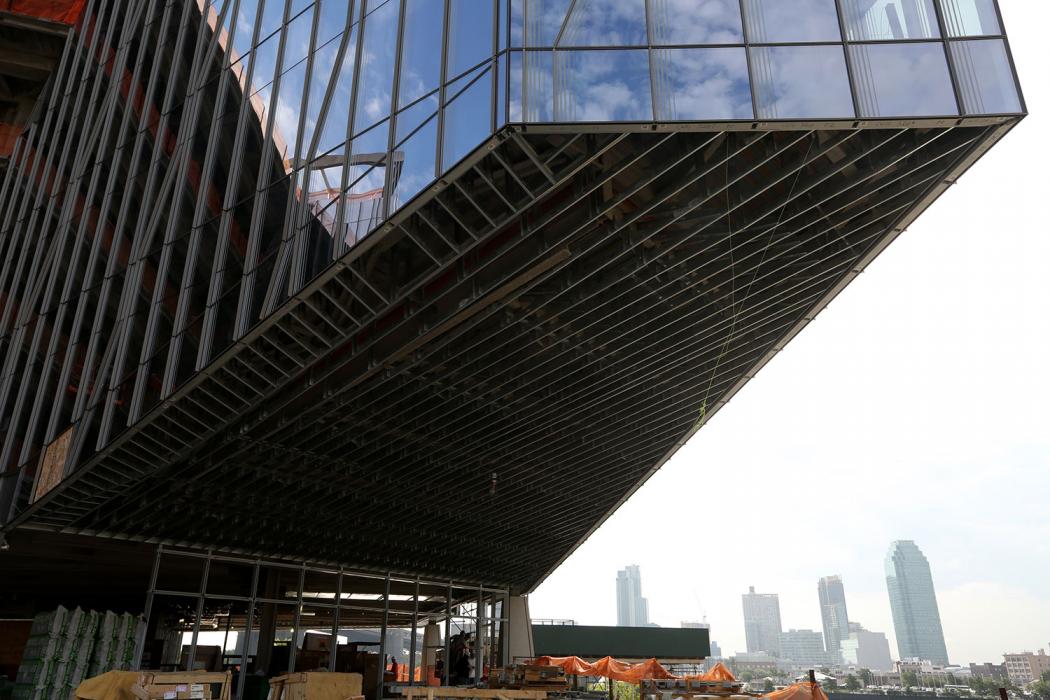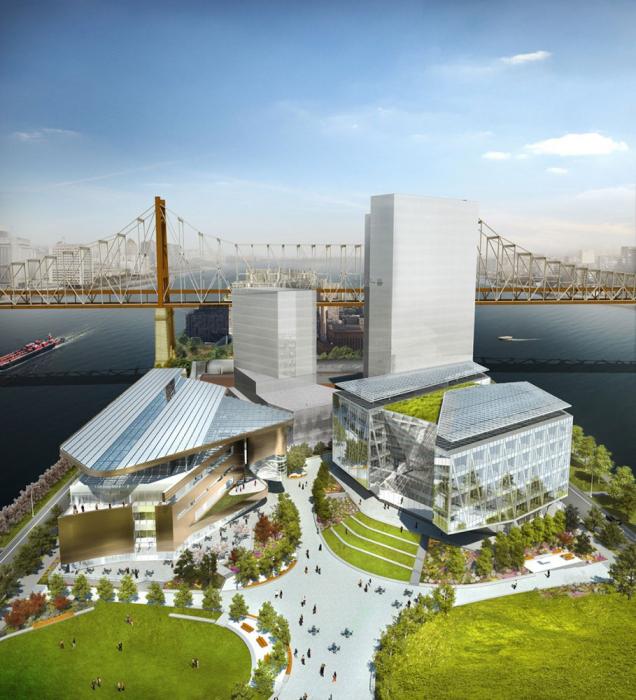
Tata Innovation Center
Tata Innovation Center at Cornell Tech is a part of the first phase of development for Cornell University’s new sustainable campus on Roosevelt Island.
Project Details
Chicago Athenaeum, International Architecture Award, 2019
ACECNY, Diamond Award - Structural Systems, 2018
Overview
Tata Innovation Center at Cornell Tech is a part of the first phase of development for Cornell University’s new sustainable campus on Roosevelt Island. Designed to encourage collaboration between academia and start-up and technology firms, the building provides classrooms and laboratories with open floor plans and flexible common spaces.
We provided structural engineering services to Forest City Ratner Companies & Weiss/Manfredi for the six-story academic building, which also includes a rooftop solar canopy array.
Highlights
- The complex consists of two discrete volumes bridged at each floor by a central causeway. The glass façade exposes super-trusses that wrap the perimeter of each volume and support the building’s most dramatic structural feature: the five-story, 80-foot cantilever over the landscaped entrance.
- We utilized new modeling and analysis tools and truss-tuning techniques honed on past projects with a traditional stick-built erection procedure to deliver an extremely efficient structure for a complex architectural design.
- Roosevelt Island’s sloping bedrock presented challenges in the foundation design. Initial soil borings indicated bedrock as high as the basement slab elevation in some areas and 25 feet below the slab in others.
- The team used this boring data to create a projected 3D bedrock surface in the structural BIM model. This enabled our engineers to determine the type of foundation required at each column and wall location, which led to a more accurate estimation of rock elevation and thus foundation costs.
- Due to the complex, non-orthogonal geometry of the structure, it was essential that the 3D analysis and documentation models accurately captured the behavior of the structure to convey the design information to the contractor in an understandable way.
- Our process ensured accurate design and documentation, reduced modeling time, and ultimately resulted in a built structure that behaves as predicted; the actual final deflection at the tip of the 80-foot cantilever was within ¼ inch of the predicted deflection included in the design documents.










